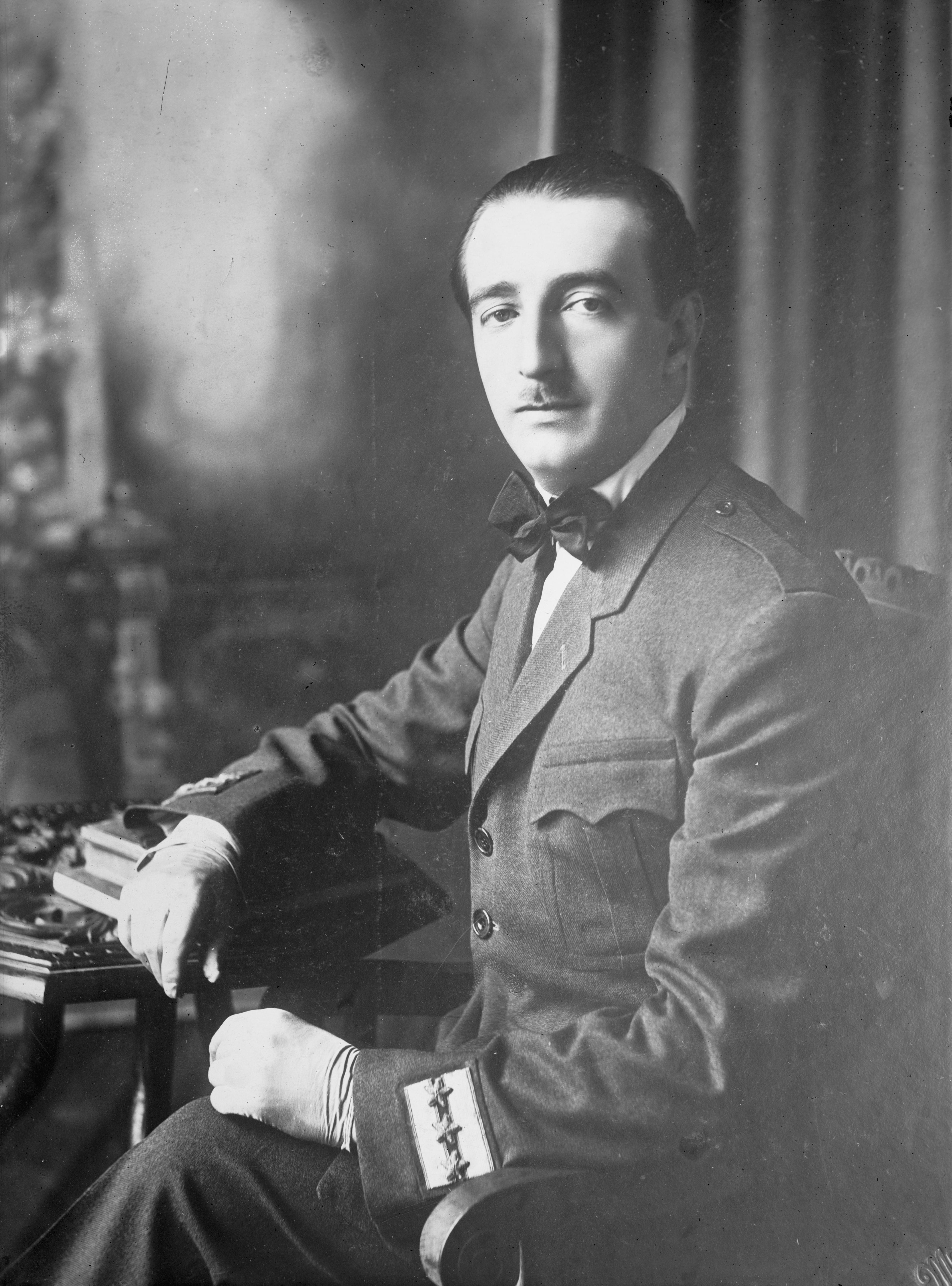|
Sveti Naum
The Monastery of Saint Naum ( mk, Манастир „Свети Наум“) is an Eastern Orthodox monastery in North Macedonia, named after the First Bulgarian Empire, medieval Bulgarian writer and enlightener Saint Naum who founded it. It is situated along Lake Ohrid, south of the city of Ohrid. The Lake Ohrid area, including St Naum, is one of the most popular tourist destinations in North Macedonia. History The monastery was established in the Bulgarian Empire in 905 by St Naum of Ohrid himself. St Naum is also buried in the church. Since the 16th century, a Greek school had functioned in the monastery. The area where the monastery of St Naum lies belonged to Albania for a short period from 1912 until June 28, 1925, when Zog of Albania ceded it to Yugoslavia as a result of negotiations between Albania and Yugoslavia and as a gesture of goodwill. In the arts Rebecca West devoted a chapter of ''Black Lamb and Grey Falcon'' to her visit to Sveti Naum, which occurred in 1937. ... [...More Info...] [...Related Items...] OR: [Wikipedia] [Google] [Baidu] |
Macedonian Orthodox Church – Ohrid Archbishopric
The Macedonian Orthodox Church – Archdiocese of Ohrid (MOC-AO; mk, Македонска православна црква – Охридска архиепископија), or simply the Macedonian Orthodox Church (MOC) or the Archdiocese of Ohrid (AO), is an autocephalous Eastern Orthodox church in North Macedonia. The Macedonian Orthodox Church claims ecclesiastical jurisdiction over North Macedonia, and is also represented in the Macedonian diaspora. The primate of the Macedonian Orthodox Church is Stefan Veljanovski, the Metropolitan of Skopje and Archbishop of Ohrid and Macedonia. In 1959, the Holy Synod of the Serbian Orthodox Church granted autonomy to the Macedonian Orthodox Church in the then- Socialist Republic of Macedonia, as the restoration of the historic Archbishopric of Ohrid; the MOC was united with the Serbian Orthodox Church (SOC) as a part of the SOC. In 1967, on the bicentennial anniversary of the abolition of the Archbishopric of Ohrid, the Macedoni ... [...More Info...] [...Related Items...] OR: [Wikipedia] [Google] [Baidu] |
Zog Of Albania
Zog I ( sq, Naltmadhnija e tij Zogu I, Mbreti i Shqiptarëve, ; 8 October 18959 April 1961), born Ahmed Muhtar bey Zogolli, taking the name Ahmet Zogu in 1922, was the leader of Albania from 1922 to 1939. At age 27, he first served as Albania's youngest ever prime minister (1922–1924), then as president (1925–1928), and finally as king (1928–1939). Born to a beylik family in Ottoman Albania, Zog was active in Albanian politics from a young age and fought on the side of Austria-Hungary during the First World War. He held various ministerial posts in the Albanian government before being driven into exile in June 1924, but returned later in the year with Yugoslav and White Russian military support and was subsequently elected prime minister. Zog was elected president in January 1925 and vested with dictatorial powers, with which he enacted major domestic reforms, suppressed civil liberties, and struck an alliance with Benito Mussolini's Italy. In September 1928, Albania was ... [...More Info...] [...Related Items...] OR: [Wikipedia] [Google] [Baidu] |
Golden Age Of Medieval Bulgarian Culture
The Golden Age of Bulgaria is the period of the Bulgarian cultural prosperity during the reign of emperor Simeon I the Great (889—927).Kiril Petkiv, The Voices of Medieval Bulgaria, Seventh-Fifteenth Century: The Records of a Bygone Culture', BRILL, 2008, p.89 The term was coined by Spiridon Palauzov in the mid 19th century. During this period there was an increase of literature, writing, arts, architecture and liturgical reforms. Simeon I achieved spectacular military and political successes, expanding Bulgarian territory and forcing the Byzantine Empire to recognise the imperial title of the Bulgarian monarchs. Bulgarian Embassy in London, UK The capital |
Medieval Bulgarian Orthodox Church Buildings
In the history of Europe, the Middle Ages or medieval period lasted approximately from the late 5th to the late 15th centuries, similar to the post-classical period of global history. It began with the fall of the Western Roman Empire and transitioned into the Renaissance and the Age of Discovery. The Middle Ages is the middle period of the three traditional divisions of Western history: classical antiquity, the medieval period, and the modern period. The medieval period is itself subdivided into the Early, High, and Late Middle Ages. Population decline, counterurbanisation, the collapse of centralized authority, invasions, and mass migrations of tribes, which had begun in late antiquity, continued into the Early Middle Ages. The large-scale movements of the Migration Period, including various Germanic peoples, formed new kingdoms in what remained of the Western Roman Empire. In the 7th century, North Africa and the Middle East—most recently part of the Eastern Roman ... [...More Info...] [...Related Items...] OR: [Wikipedia] [Google] [Baidu] |
Byzantine Church Buildings In North Macedonia
The Byzantine Empire, also referred to as the Eastern Roman Empire or Byzantium, was the continuation of the Roman Empire primarily in its eastern provinces during Late Antiquity and the Middle Ages, when its capital city was Constantinople. It survived the fragmentation and fall of the Western Roman Empire in the 5th century AD and continued to exist for an additional thousand years until the fall of Constantinople to the Ottoman Empire in 1453. During most of its existence, the empire remained the most powerful economic, cultural, and military force in Europe. The terms "Byzantine Empire" and "Eastern Roman Empire" were coined after the end of the realm; its citizens continued to refer to their empire as the Roman Empire, and to themselves as Romans—a term which Greeks continued to use for themselves into Ottoman times. Although the Roman state continued and its traditions were maintained, modern historians prefer to differentiate the Byzantine Empire from Ancient Rome ... [...More Info...] [...Related Items...] OR: [Wikipedia] [Google] [Baidu] |
.jpg)


